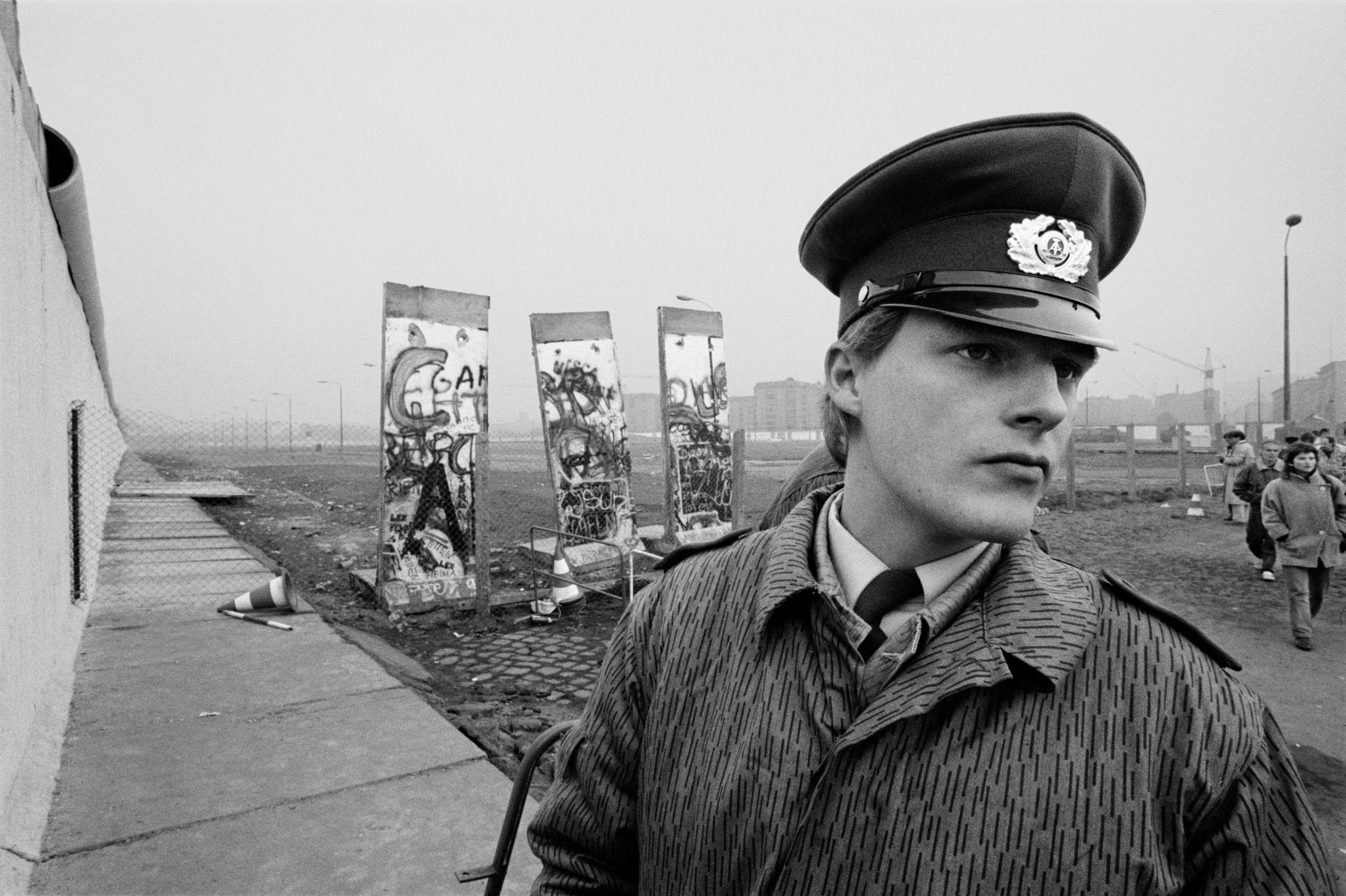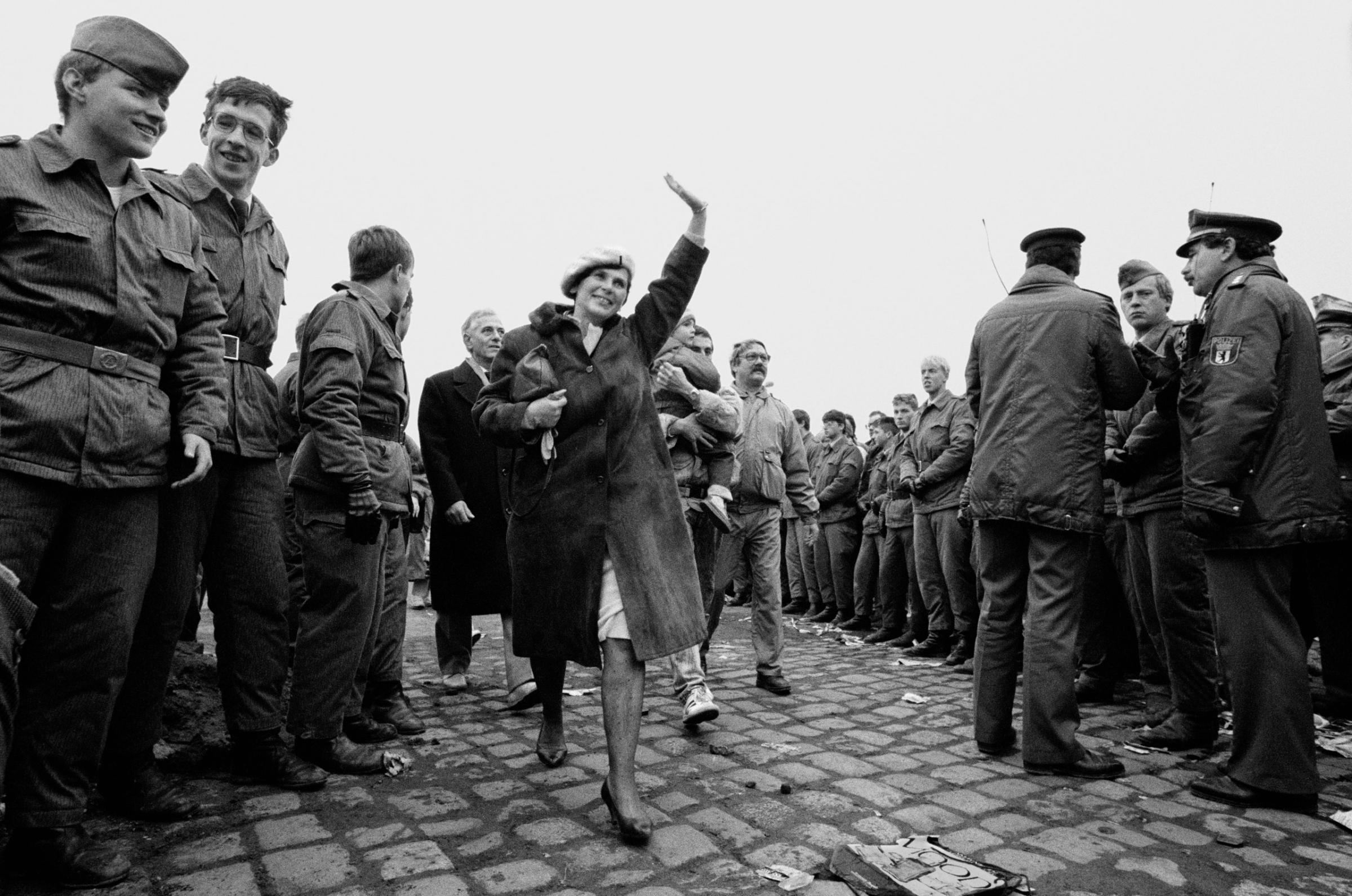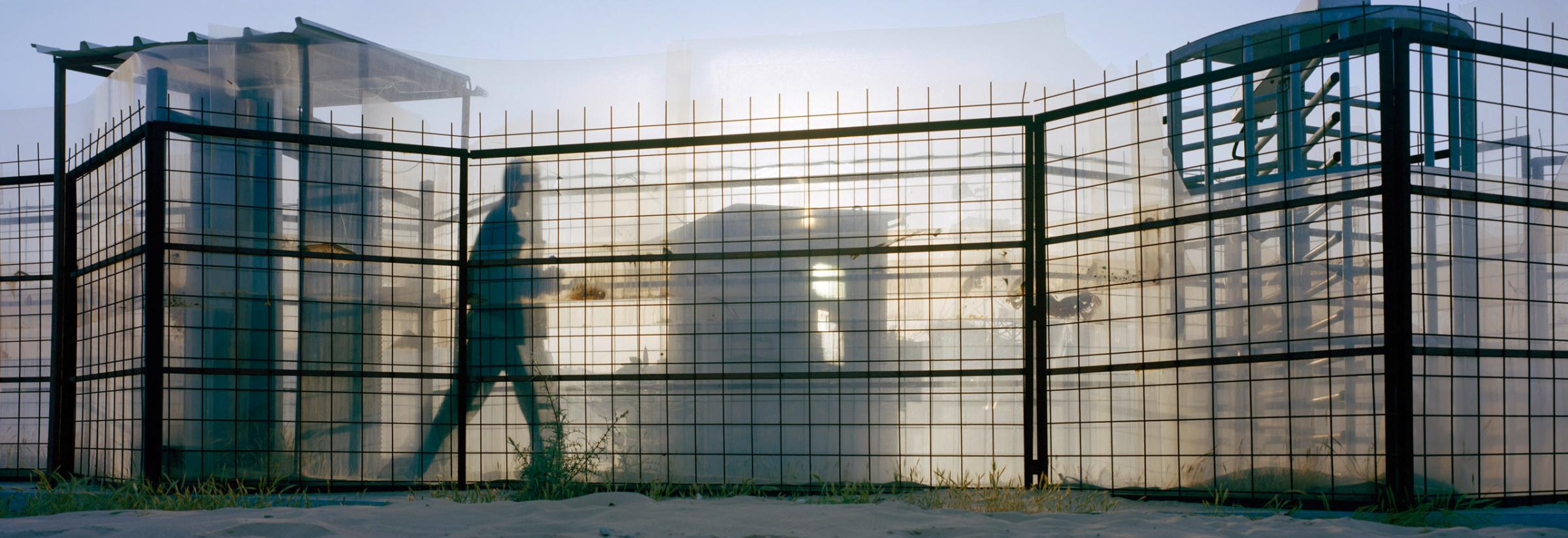When Lieutenant-Colonel Harald Jäger made history by opening the Bornholmer Strasse checkpoint of the Berlin Wall at 11.30 pm on November 9, 1989, without any orders, an eager young photography student named Kai Wiedenhöfer was nearly 300 miles away in the city of Essen.
At that time, the lensman was unaware that Jäger had effectively ended the separation of East and West Berlin that had existed since 1961; one that had restricted the free movement of citizens between the Soviet administered east of the city and the Allied administered west.
But that evening, one of Wiedenhöfer’s professors called with simple instructions: get to Berlin as fast as you can. The wall is coming down. This is huge: “We jumped into a car and raced all the way to Berlin,” Wiedenhöfer tells TIME. “[We] got to Potsdamer Platz at about four or five in the morning.”

Over the following days, Wiedenhöfer captured the activity as the wall was gradually dismantled. He was there when East German security guards watched crowds of East Berliners stream through to the west on foot and in their Trabants, and when West Berliners welcomed them on the other side.
But now, 25 years after the wall came down, it seems more and more separation walls are going up. The Guardian estimates that at least 6,000 miles of barriers have been built worldwide in the last decade alone. Wiedenhöfer says he sees this fact as flying in the face of globalization’s promise to remove all barriers.
So in 2003, encouraged by a colleague at a Swiss newspaper, he started photographing the walls separating Palestinian territories from Israel. Later, he visited the towering peace lines of Belfast, the monolithic edifice of the Baghdad Wall and the 22-foot high Melilla border fence (which separates the Spanish exclave from surrounding Morocco), among many others.

It was a project that took seven years, and one that was sometimes fraught with difficulty. In a few locations, safety was a concern. In others, access could pose problems. Wiedenhöfer also received criticism for portraying, as some saw it, only one side of a story (by photographing, say, one side of a wall). “I have no personal involvement in these conflicts,” he explains. “For me it’s mostly to get the best angle of the barrier or the best light situations.”
It is the visual similarity of Wiedenhöfer’s work that is perhaps most striking, though. When placed beside one another, his images seem to blend into a tableau of partition and separation, in which Belfast becomes almost indistinguishable from Baghdad.
It might not be so surprising, he says, because what he found in each place was often the same: “When you build a border, or fence, the life [of the area] mostly dies down and people move away.”
“This is a phenomenon you see in every place.”
Kai Wiedenhöfer is an award-winning photographer based in Berlin. His book Confrontier is available now.
Richard Conway is reporter/producer for TIME LightBox.














More Must-Reads from TIME
- How Donald Trump Won
- The Best Inventions of 2024
- Why Sleep Is the Key to Living Longer
- Robert Zemeckis Just Wants to Move You
- How to Break 8 Toxic Communication Habits
- Nicola Coughlan Bet on Herself—And Won
- Why Vinegar Is So Good for You
- Meet TIME's Newest Class of Next Generation Leaders
Contact us at letters@time.com